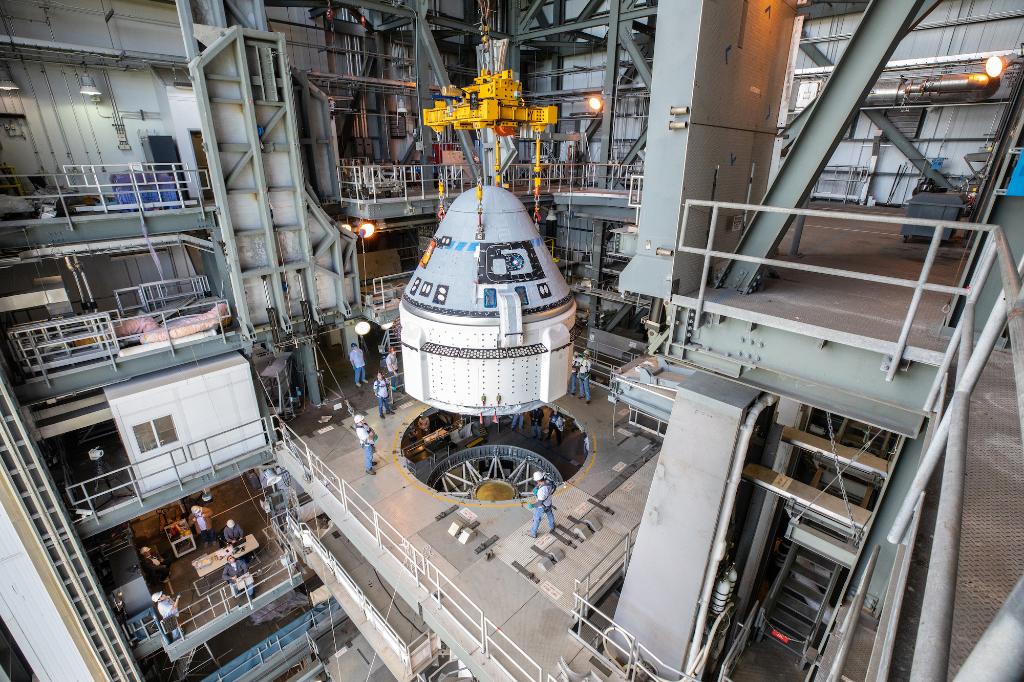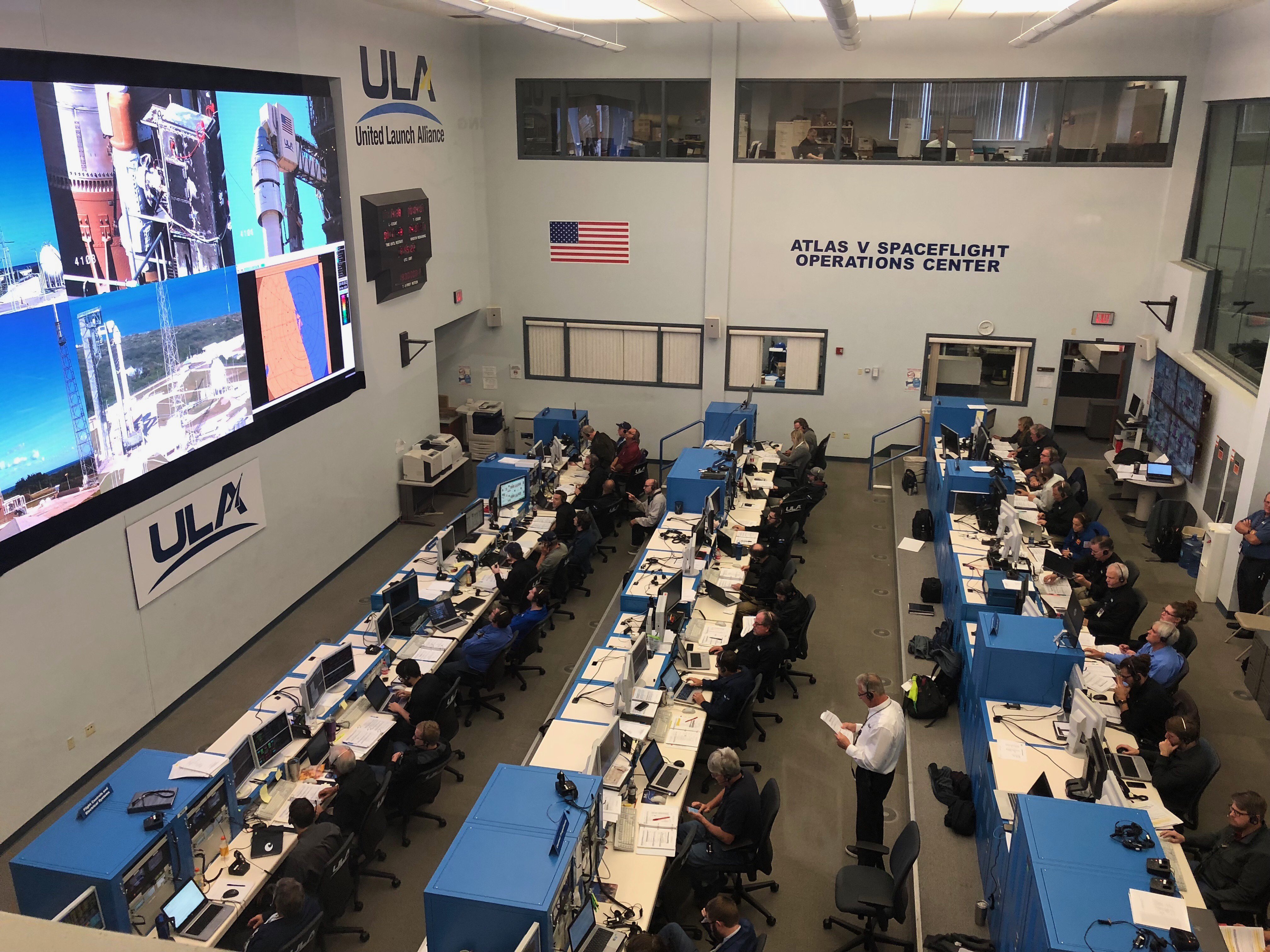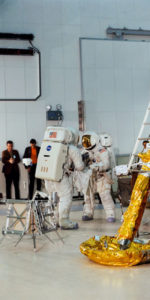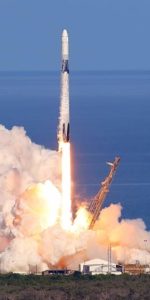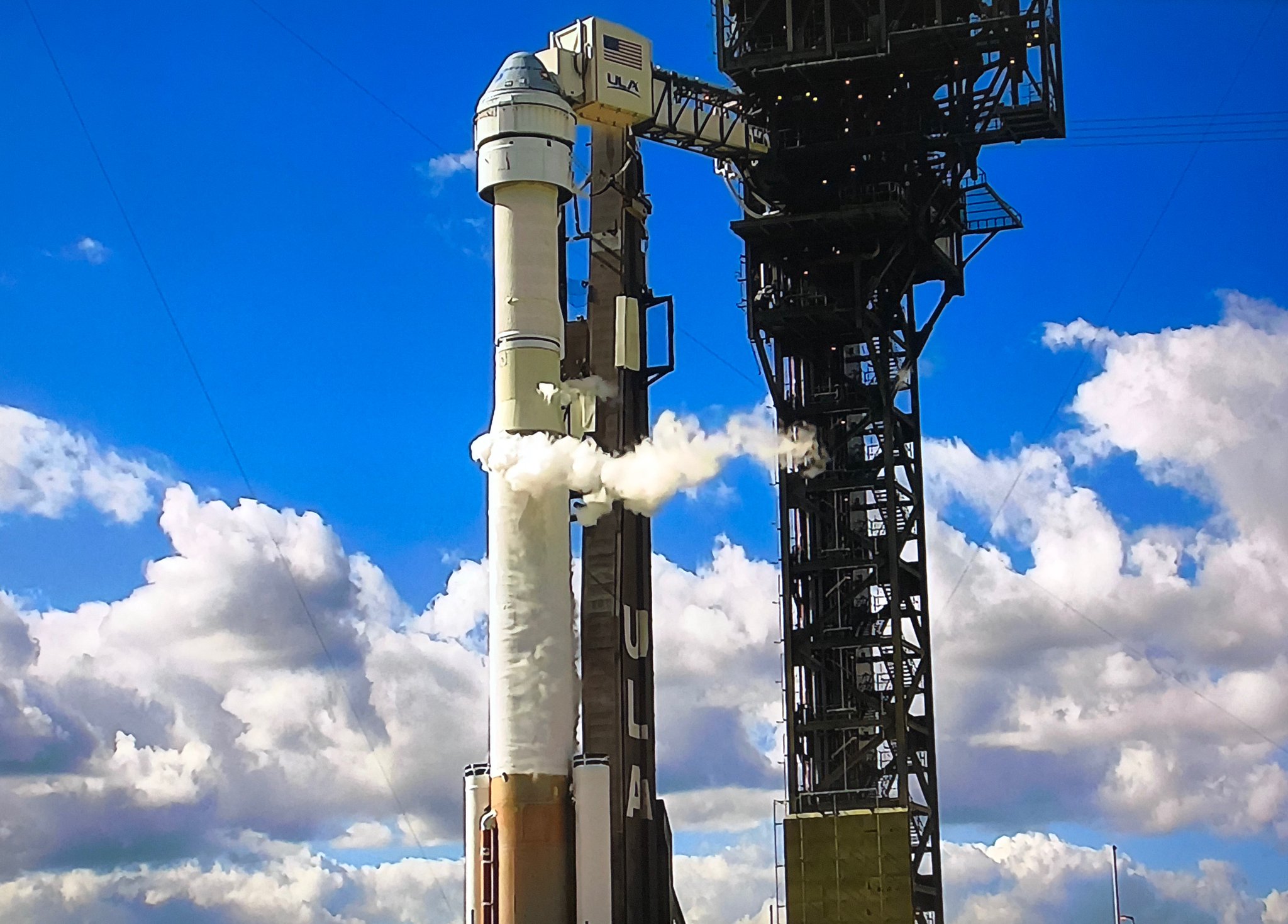
NASA, Boeing and United Launch Alliance (ULA) have had one busy week at Cape Canaveral Air Force Station’s Space Launch Complex 41 (SLC-41), where operations have been in full swing in preparation to launch America’s next crew capsule on its inaugural flight later this month on a major uncrewed Orbital Flight Test (OFT) to and from the International Space Station (ISS).
Boeing’s Starliner is one of two crew capsules seeded under a multi-billion dollar NASA contract with the space agency’s Commercial Crew Program, awarded to Boeing and SpaceX in 2014. On Nov 21, after years of development and testing, the first space-worthy Starliner was rolled out of Boeing’s Commercial Crew and Cargo Processing Facility and transported to SLC-41 to meet its rocket.
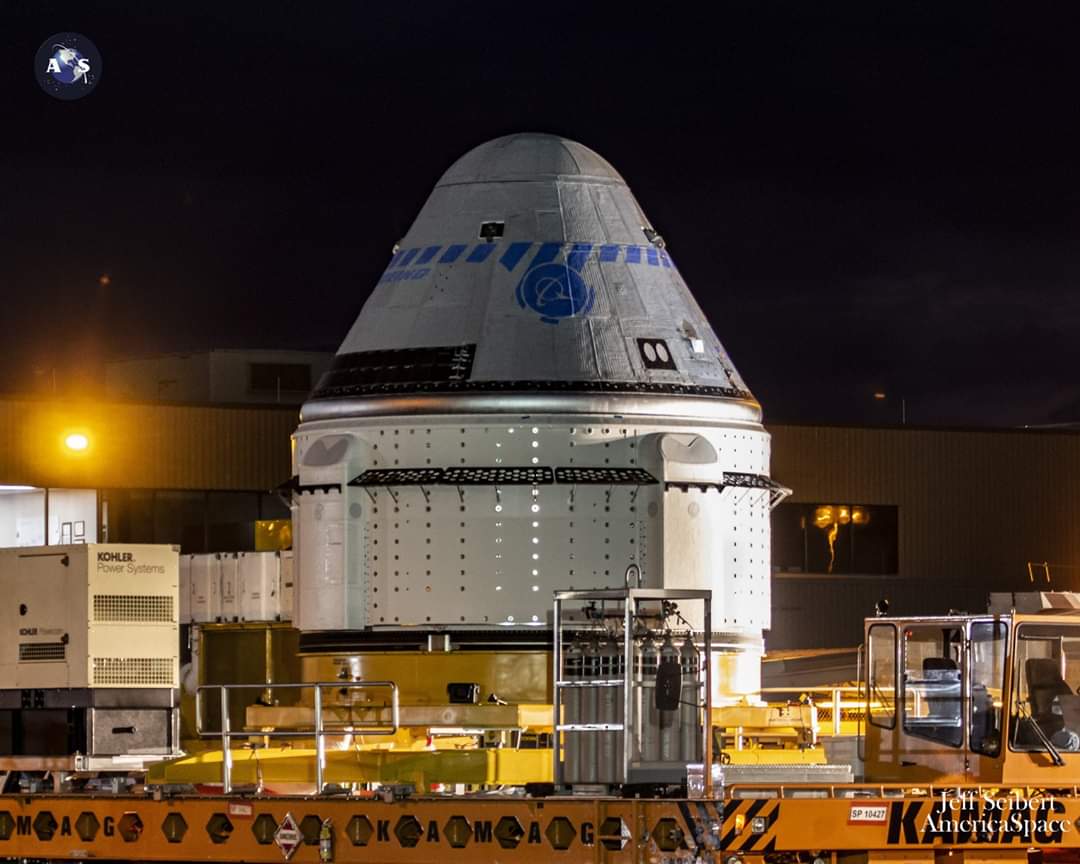
Coming on the heels of a successful milestone Pad Abort Test, the upcoming OFT will put the spacecraft through its paces to and from the International Space Station, same as what SpaceX did earlier this year with Crew Dragon on Demo-1, in order to provide valuable data on the end-to-end performance of the rocket, Starliner and ground systems, as well as in-orbit, docking and landing operations, before NASA will certify Starliner and board their first astronauts in mid 2020.
Riding atop a motorized payload transporter at a blazing speed of 5 mph, Starliner arrived at the doors of the rocket’s 30-story Vertical Integration Facility and was secured to a four-point lifting sling (called a Handling Fixture Hoist Tool), before being carefully hoisted with a crane to be placed atop the Atlas-V rocket.
Work then got underway with an Integrated Systems Test, a tip-to-tail electrical check of the rocket and Starliner stack to verify all elements were communicating properly, ahead of rolling out the 172-foot tall rocket and spacecraft for the first time for a major practice countdown Wet Dress Rehearsal (WDR).
It was scheduled for Dec 5, but slipped a day due because SpaceX had the range prioty next door on SLC-40 to launch NASA’s latest cargo resupply mission to the ISS. So, on Dec 6, the fully fueled rocket, spacecraft, ground support equipment and launch teams around the country conducted a full run-through of the launch countdown, just without actually igniting the engines and lifting off.
It’s called an Integrated Day of Launch Test, or IDOLT, and has always been standard for human spaceflight; similar rehearsals were done prior to every space shuttle mission too, known as Terminal Countdown Demonstration Tests.
The astronaut Crew Arm, their bridge from the Crew Tower to board Starliner, was deployed to its spacecraft for the first time, a moment celebrated by all including the astronauts rostered for the first crewed missions.
For the WDR the Atlas V was fueled up same as on launch day, loaded with liquid oxygen and a form of rocket-grade kerosene called RP-1, followed by fueling of its Centaur upper stage with liquid oxygen and liquid hydrogen. Fully fueled the rocket weighed in at nearly 980,000 pounds.
It was then time for Boeing’s ‘Blue Team’ to enter the pad to rehearse their procedures to ready the Starliner itself, simulating the future process just as if there was a real crew boarding.
Teams from Boeing ULA and NASA all did their part from several different locations, including ULA’s Atlas Spaceflight Operations Center (ASOC) near the launch pad; Boeing’s Mission Control Center (BMCC) at nearby Kennedy Space Center; and the flight control room inside the Mission Control Center at NASA’s Johnson Space Center in Houston, TX.
On launch day everyone will go through the paces again, except next time it will be for real.
NASA Astronauts Mike Fincke and Nicole Mann and Boeing astronaut Chris Ferguson, slated to fly on Boeing’s first ctewed mission next year on the Crew Flight Test (CFT), monitored the WDR from consoles in the ASOC and BMCC.


Following a successful WDR, the rocket was drained of fuel and safed, before being rolled back to the VIF, where work will be done to ready for launch, including installing the fairings (nose cones) for the Solid Rocket Booster at the base of the Atlas V.
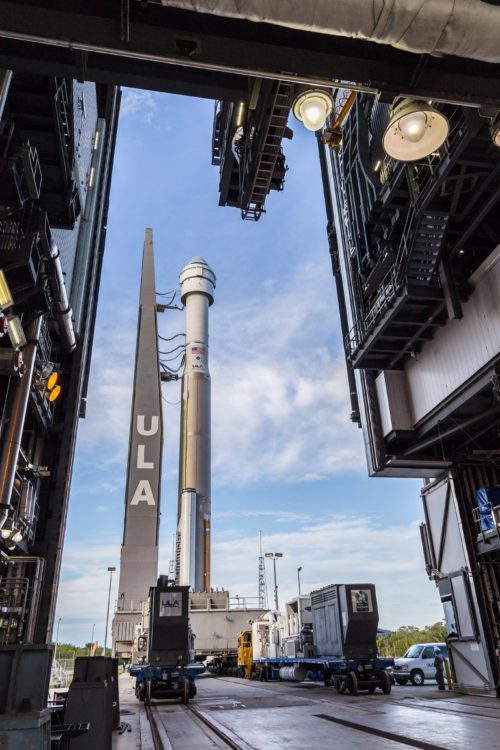
Launch is currently targeted for 6:36 a.m. EST on Friday, Dec. 20
Follow our LAUNCH TRACKER for updates, our original content with interviews and full coverage from the Cape and LIVE COVERAGE of the launch!
.
.
FOLLOW AmericaSpace on Facebook and Twitter!
.
.




